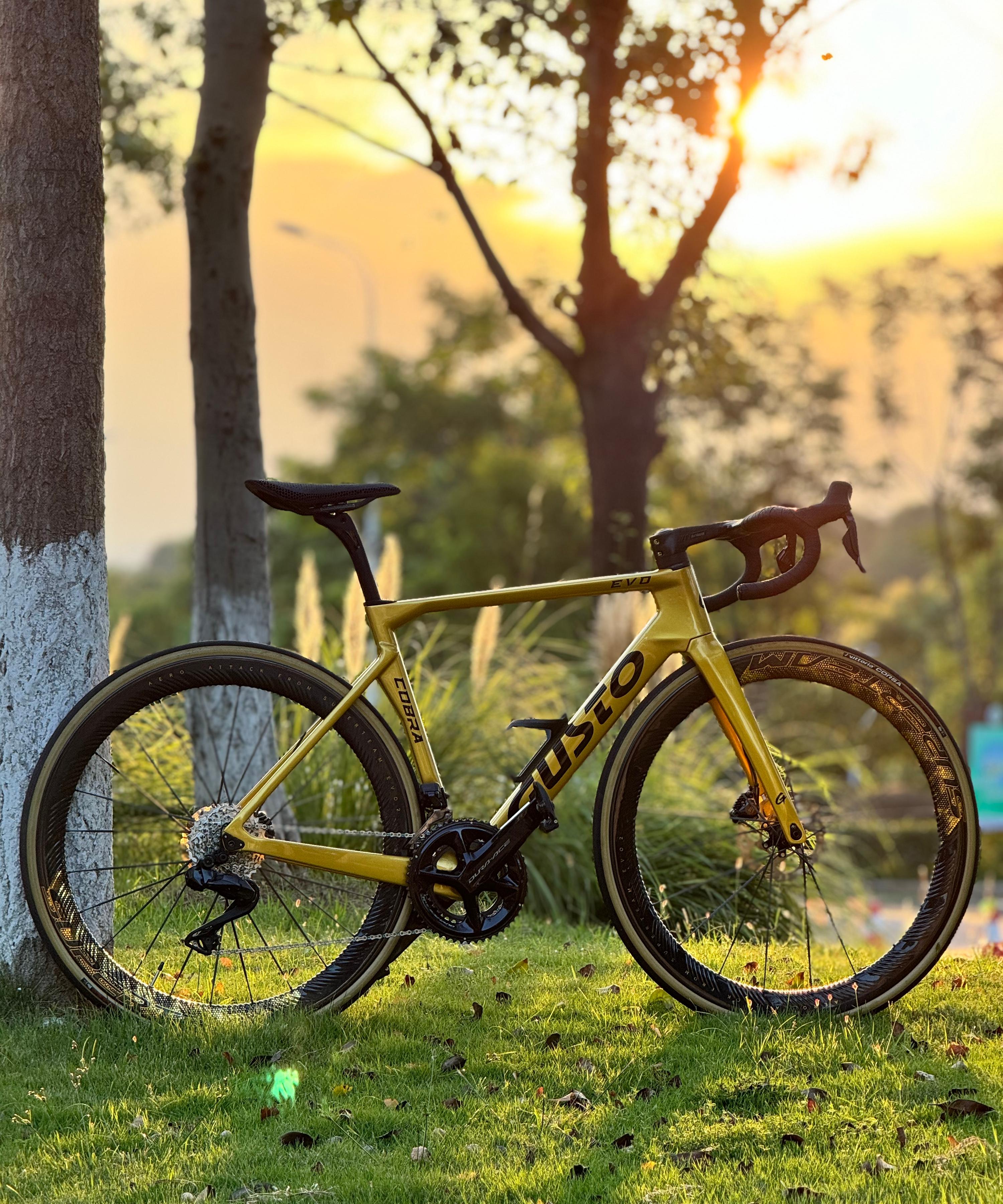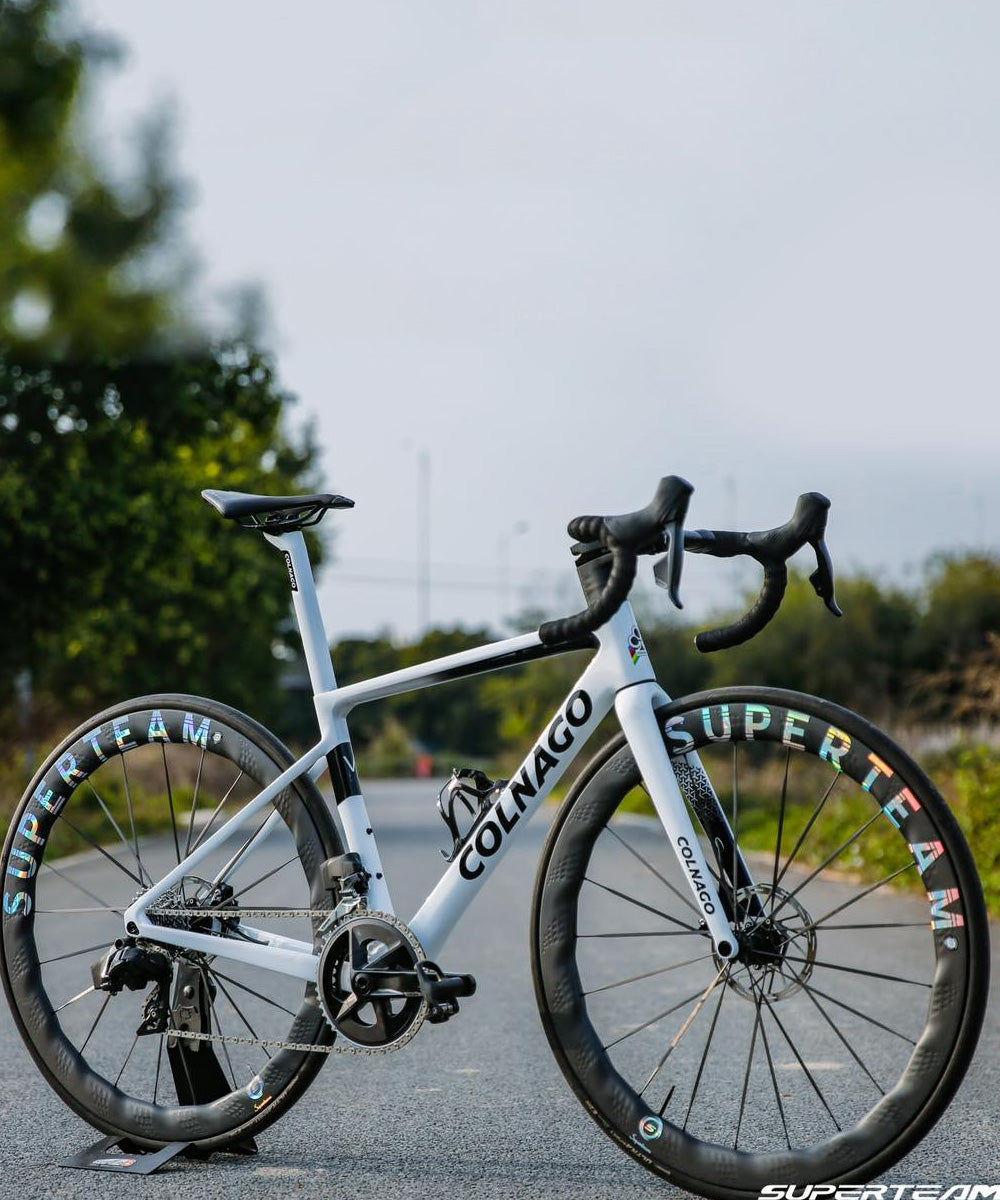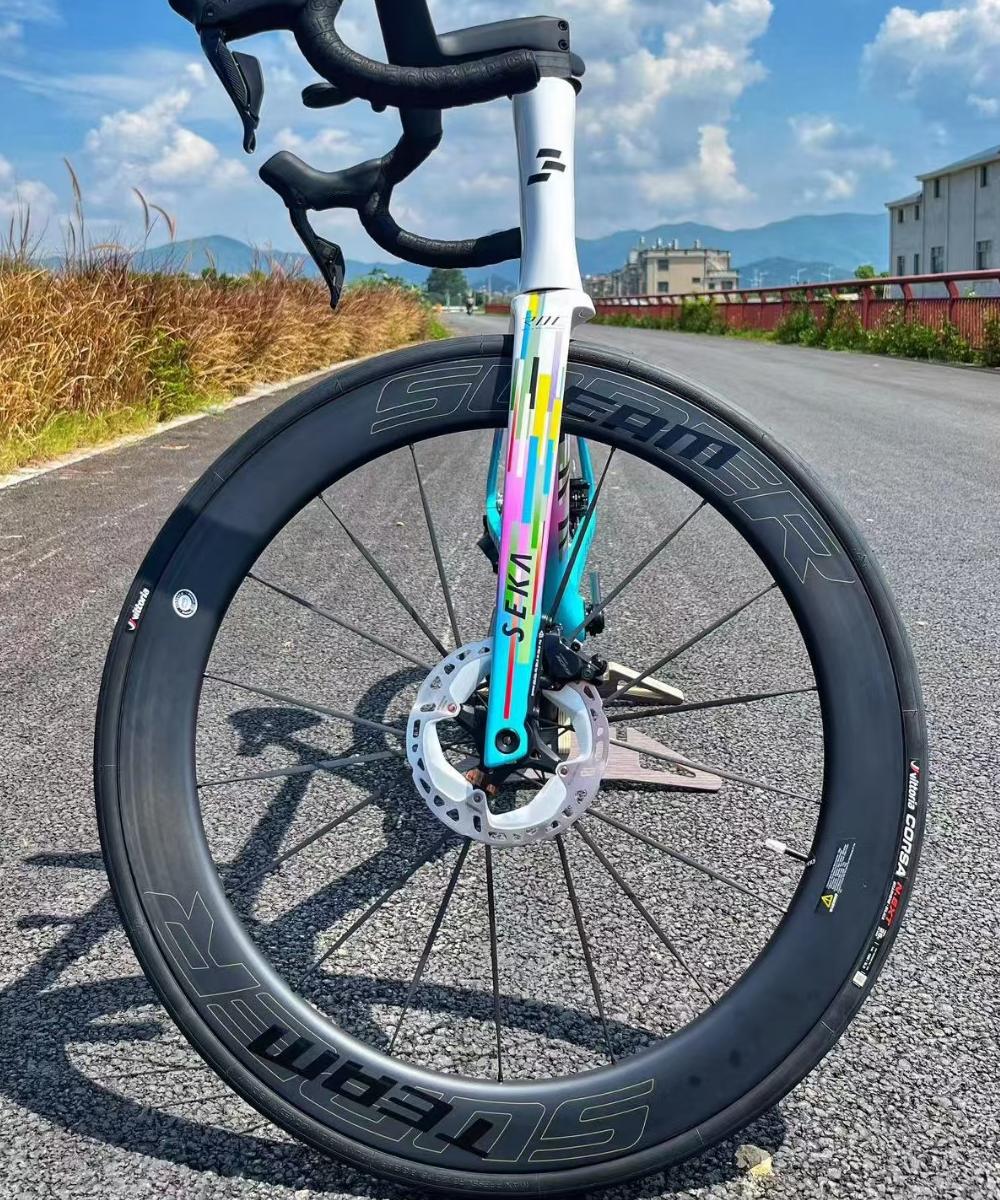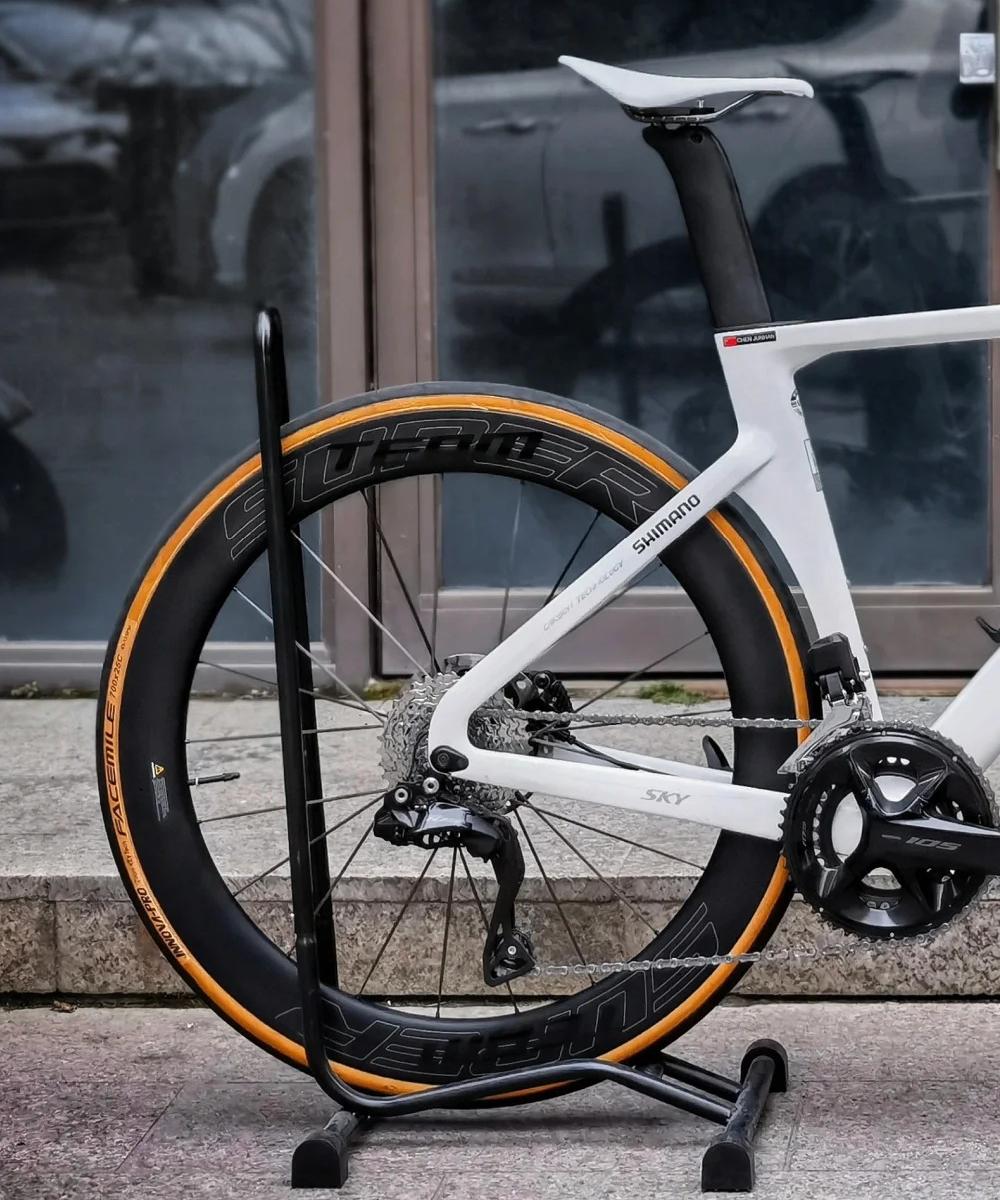Saddle Selection: Comfort vs Performance for Long Rides
Choosing the right saddle is one of the most important decisions for cyclists, especially for long rides where comfort and performance are critical. The ideal saddle balances support, pressure relief, and efficient power transfer, but priorities can vary depending on riding style, terrain, and individual anatomy.
Comfort Considerations
For endurance rides, comfort is often the primary factor. Saddles with adequate padding, ergonomic cutouts, or wider designs can reduce pressure on sensitive areas, prevent numbness, and minimize discomfort over hours in the saddle. Proper saddle height, tilt, and fore-aft positioning also play a crucial role in distributing weight evenly and reducing hotspots. Riders should consider trying multiple models and using short test rides to identify what feels best.
Performance Factors
Performance-oriented saddles prioritize efficient power transfer and minimal weight. Narrower, lighter saddles with firmer padding reduce friction and allow for smoother pedaling. While these designs can improve speed and aerodynamics, they may feel less comfortable during long rides, particularly for riders new to aggressive positions or extended endurance events. Core strength, flexibility, and proper bike fit help mitigate potential discomfort.
Finding the Balance
Many modern saddles attempt to balance comfort and performance, offering firm support while including ergonomic features for pressure relief. Selecting the right saddle often requires compromise: a slightly firmer saddle may feel less comfortable initially but improve efficiency, while a softer saddle may feel better but reduce pedaling effectiveness over time. Personal anatomy, riding position, and the type of cycling—road, gravel, or touring—should guide the choice.
Adjusting for Long Rides
For extended rides, small adjustments can make a significant difference. Saddle angle, fore-aft positioning, and height should be fine-tuned, and wearing quality cycling shorts with appropriate padding further enhances comfort. Regularly checking for signs of pressure or discomfort allows riders to make incremental adjustments that prevent injury and maintain performance.
Conclusion
Saddle selection is a critical factor in balancing comfort and performance on long rides. Understanding individual needs, experimenting with fit, and considering both ergonomic and efficiency aspects help cyclists find a saddle that supports endurance, reduces fatigue, and allows optimal power transfer. A well-chosen saddle enhances the overall riding experience, making long-distance cycling both comfortable and efficient.




